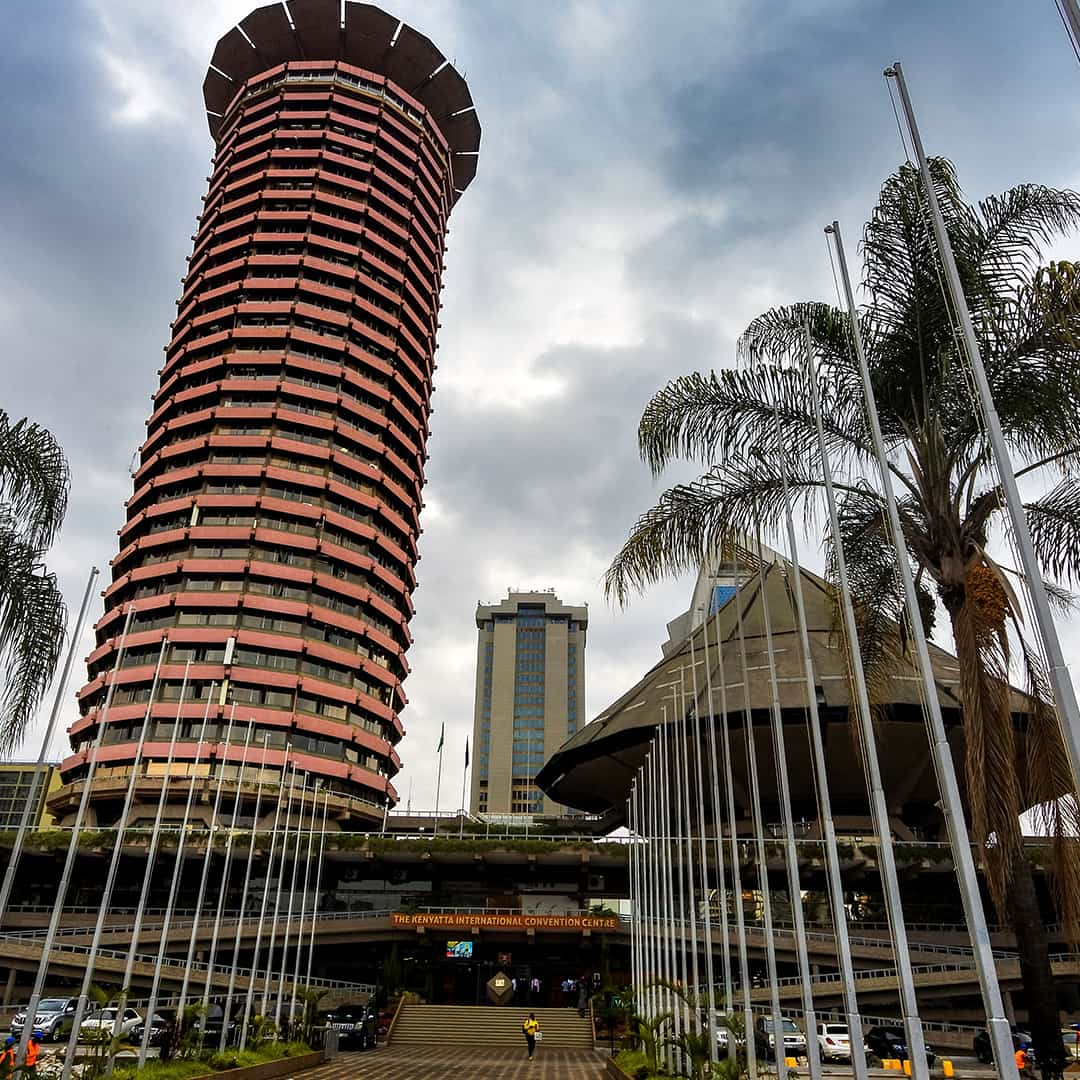Lessons African countries can learn from Rwanda’s successful universal health coverageLessons African countries can learn from Rwanda’s successful universal health coverage
The community based health insurance model shows that even resource-limited countries can deliver health coverage for all.
.png?width=1280&auto=webp&quality=80&format=jpg&disable=upscale)
In rural Rwanda, a mother no longer fears childbirth not because she is richer, but because Mutuelle de Santé (Community-Based Health Insurance) has her covered. In 2005, less than half of Rwandans had health insurance. By 2020, over 90% were covered, a dramatic shift that, according to Health Minister Dr Sabin Nsanzimana, helped shield families from financial shocks. As of early 2025, CBHI alone covers 83.5% of the population, still accounting for over 90% of all insured individuals.
Now, Uganda and Ethiopia are exploring similar models. But is replication realistic, or is Rwanda an outlier?
Key drivers behind Rwanda’s CBHI triumph
Strong political commitment and decentralised structure
Rwanda’s CBHI (Mutuelle de Santé) was conceived as a national priority, backed by decisive governance and structured implementation at the district level. The system ensures premium collection, eligibility classification (Ubudehe), and enrolment campaigns are locally managed yet nationally coordinated.
“The idea of starting CBHI was conceived by the top leadership and quickly adopted by all leaders up to the village level. As such, support is provided,” says Innocent Karengera, an Independent-Health Services Management Specialist who was involved in the Bugesera district pilot and later served in district-level CBHI support roles.Progressive premiums via Ubudehe classification
Premiums are income-based: the poorest are fully subsidised, middle-income households pay moderate rates (about RWF 3,000, or $2), and wealthier members pay higher contributions (about RWF 7,000, or $5). This sliding‑scale model promotes inclusion and financial equity.Community mobilisation and performance incentives
Local administrators and community health workers were deeply engaged in CBHI enrolment. In fact, verification of coverage levels became part of performance-based financing metrics for health staff, which is a strong motivator for sustained effort.
“Community health workers who are volunteers, played a huge role in educating people about the benefits of CBHI,” Karengera explains. “With time, the population realised the advantages of accessing healthcare even when they didn’t have money at that particular moment.”Digital integration and administrative stewardship
Management of CBHI shifted to the Rwanda Social Security Board in 2015 to improve accountability. Automated payment tracking, mobile platforms like IREMBO, and harmonised pricing help streamline payments and reduce delays.
Impact at a glance
Coverage jumped from under 7% in 2003 to over 90% by 2020
Out-of-pocket spending dropped from 28% to 12%, easing financial strain
Over 97% report lower costs; 73% say drug access has improved
Replication potential and where Rwanda’s blueprint might not fit
Governance & administrative capacity: Rwanda’s centralised decision-making and local monitoring systems are not common across the region. Countries like Uganda and Ethiopia may struggle to replicate this oversight without reinforcing local accountability.
Karengera warns that “if there’s no buy-in from leadership and the community, or no good referral system, things can stall.”
Fiscal constraints: CBHI in Rwanda is also supported by government budget allocations, earmarked taxes, and cross-subsidies — a complex financial structure many low-income countries lack.
Trust & Community Buy-In: Rwanda’s community-led categorisation (Ubudehe) system and cultural cohesion supported universal participation. Systems in more fragmented societies may need trust-building phases before scaling can succeed.
Blueprint for smart adaptation
Hybrid public-private models can align equity with efficiency, public bodies ensure access while private insurers contribute tech expertise like claims processing and analytics. Digital tools are key, including:
Mobile-based premium collection for informal workers
Biometric enrolment and digital ID verification
District-level risk pooling
Data-driven subsidy targeting
Pilots in Kenya and Ghana have shown promise, if scaled within strong policy frameworks.
Challenges and mitigation strategies
However, in the midst of possibilities, it would be a major oversight not to consider possible challenges and mitigation strategies which include:
Defaulting in premium payments: Automated SMS reminders, grace periods, incremental contribution schemes, and CHW follow-up can reduce drop-offs.
Narrow benefit packages: Packages need periodic review and expansion to maintain perceived value and actual coverage.
Administrative leakage: Digital audits and claim verification systems can significantly reduce fraud and delays.
Community-based enrolment drives via CHWs can continue to reinforce trust and clarity around benefits.
Rwanda’s CBHI model shows that even resource-limited countries can deliver near-universal health coverage. But the path is not automatic, it demands strategic leadership, local trust, and technology integration. Instead of replicating Rwanda, African countries must create their own CBHI models rooted in their governance realities and digital capacity.
Africa does not need a carbon copy of Rwanda. It needs 54 localised success stories, each rooted in shared principles: trust, innovation, and political courage.

WHX Nairobi
Sep 2, 2026 TO Sep 4, 2026
|Nairobi, Kenya
Join us at WHX Nairobi—East Africa's #1 healthcare event. WHX Nairobi unites thousands of healthcare professionals under one roof to learn, trade, and network. It provides a platform to showcase healthcare innovations, attract investment, and position Kenya as a regional medical hub.
